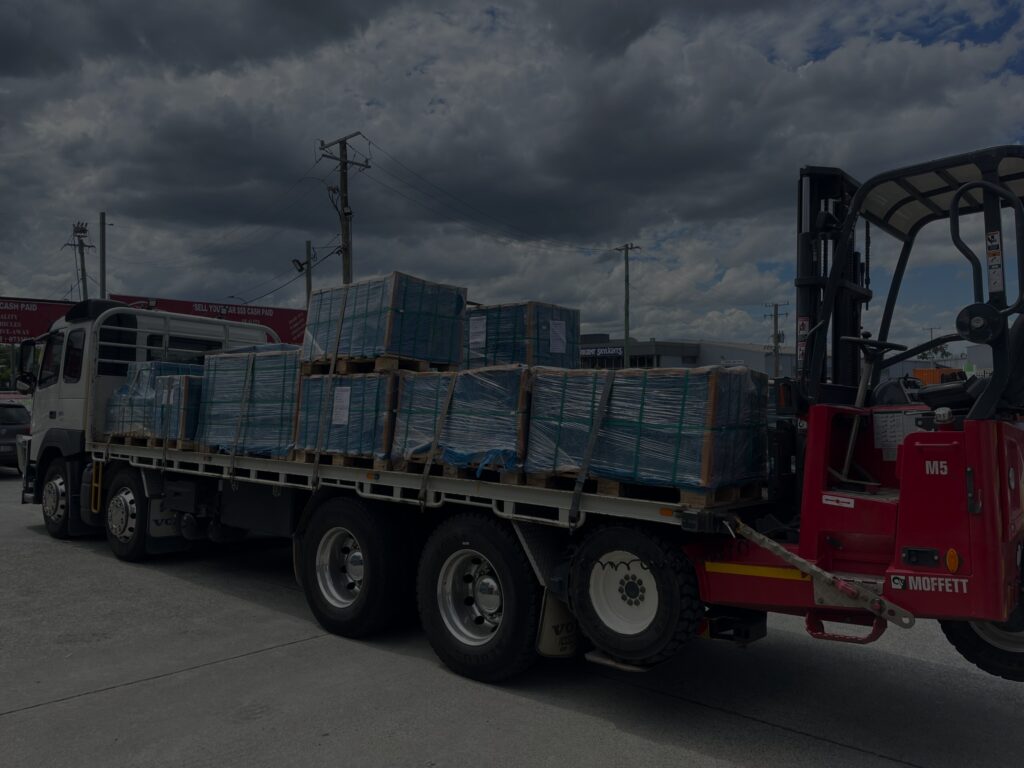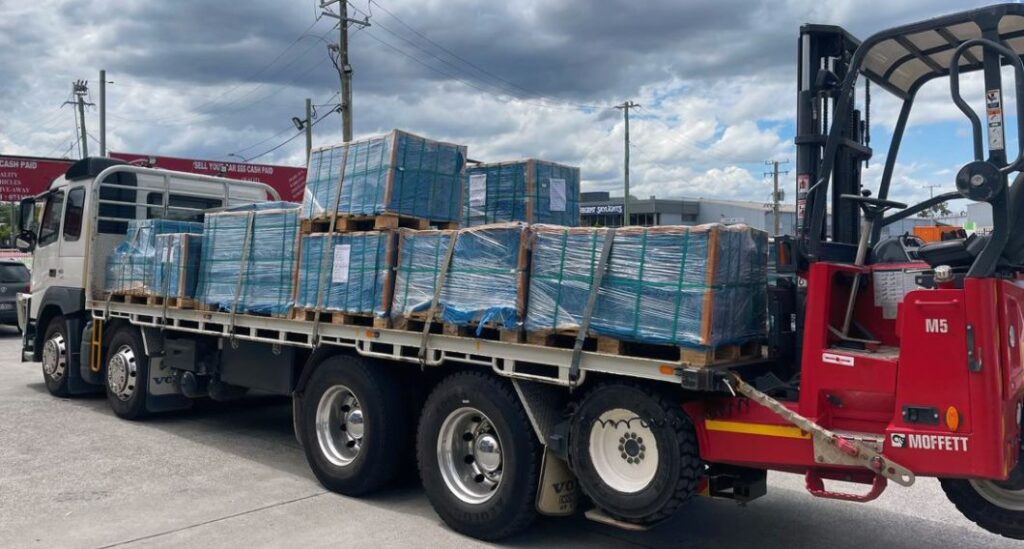Forklift tynes, also known as forks, are crucial for the safe and efficient operation of any forklift. Choosing the right tynes for your specific needs is essential to ensure the stability of the load, prevent damage, and maximize productivity. This comprehensive guide will walk you through everything you need to know about forklift tynes.
Understanding Forklift Tynes
Forklift tynes are theLoad-bearing components that support and lift materials. They come in various sizes, shapes, and materials, each designed for specific applications and load capacities.
Types of Forklift Tynes
- Standard Tynes:
- Most common type, suitable for general warehouse and material handling tasks.
- Typically made of high-strength steel.
- Tapered Tynes:
- Thinner tip for easier pallet entry.
- Ideal for handling tightly packed loads.
- Full-Tapered Tynes:
- Taper extends along the entire length of the tyne.
- Used for handling delicate or fragile items.
- Side-Shifting Tynes:
- Allow lateral movement of the load.
- Useful in tight spaces and for precise placement.
- Rotating Tynes:
- Can rotate 360 degrees for dumping or inverting loads.
- Used in agriculture, construction, and waste management.
- Adjustable Tynes:
- Width can be adjusted to accommodate different pallet sizes.
- Increases versatility and efficiency.
- Specialty Tynes:
- Designed for specific applications such as handling paper rolls, carpets, or drums.
- Include carpet poles, drum clamps, and paper roll clamps.
Factors to Consider When Choosing Forklift Tynes
Choosing the right forklift tynes involves several crucial considerations. Understanding these factors ensures safety, efficiency, and optimal performance.
- Load Capacity:
- Determine the maximum weight you will be lifting.
- Ensure the tynes are rated for at least that weight.
- Load Center:
- Distance from the front face of the tynes to the center of the load.
- Affects the forklift’s stability and lifting capacity.
- Tyne Length:
- Should be at least two-thirds of the load’s length for stability.
- Longer tynes provide better support but can reduce maneuverability.
- Tyne Width and Thickness:
- Width affects the distribution of weight and stability.
- Thickness determines the tyne’s strength and resistance to bending.
- Forklift Compatibility:
- Ensure the tynes are compatible with your forklift model.
- Check the mounting system and dimensions.
- Operating Environment:
- Consider the conditions in which the forklift will be used.
- Corrosive environments may require stainless steel tynes.
- Frequency of Use:
- High-use applications may require heavy-duty tynes.
- Regular inspections and maintenance are crucial.
- Type of Load:
- Different loads require different tyne types.
- Fragile items may need full-tapered tynes.
- Safety Standards:
- Ensure the tynes meet relevant safety standards and regulations.
- Regularly inspect for wear and tear.
Materials Used in Forklift Tynes
- Steel:
- Most common material due to its high strength and durability.
- Often alloyed with other metals to enhance properties.
- Stainless Steel:
- Used in corrosive environments such as food processing plants.
- Resistant to rust and chemical damage.
- Aluminum:
- Lighter than steel but less strong.
- Used in applications where weight is a concern.
- Other Materials:
- Specialty tynes may use rubber, plastic, or composite materials.
- Used for specific applications such as handling delicate items.
Maintaining Forklift Tynes
Regular maintenance is crucial for ensuring the safety and longevity of your forklift tynes.
- Regular Inspections:
- Check for cracks, bends, and wear.
- Inspect the tyne heels and tips.
- Cleaning:
- Remove dirt, debris, and corrosion.
- Use a wire brush or scraper.
- Lubrication:
- Apply lubricant to moving parts such as side-shifters and rotators.
- Prevents rust and ensures smooth operation.
- Repair or Replacement:
- Replace tynes that are damaged or worn beyond acceptable limits.
- Use only approved replacement parts.
- Proper Storage:
- Store tynes in a dry and secure location.
- Protect from impact and corrosion.
- Training:
- Ensure operators are trained to properly use and inspect tynes.
- Reduces the risk of damage and accidents.
- Load Capacity Awareness:
- Always adhere to the load capacity limits of the tynes and forklift.
- Avoid overloading.
- Tyne Straightness:
- Check for straightness and alignment.
- Bent or misaligned tynes can cause instability and damage.
Safety Tips for Using Forklift Tynes
Safety should always be a top priority when operating forklifts. Here are some essential safety tips for using forklift tynes:
- Load Stability:
- Ensure the load is stable and evenly distributed on the tynes.
- Use load restraints when necessary.
- Tyne Placement:
- Insert the tynes fully into the pallet or load.
- Avoid lifting with only the tips of the tynes.
- Speed Limits:
- Adhere to speed limits and drive cautiously.
- Avoid sudden stops and turns.
- Pedestrian Awareness:
- Be aware of pedestrians and other vehicles in the area.
- Use horns and warning signals.
- Ground Conditions:
- Operate forklifts on stable and level surfaces.
- Avoid uneven or slippery conditions.
- Overhead Clearance:
- Be aware of overhead obstructions such as pipes and doorways.
- Ensure sufficient clearance.
- Personal Protective Equipment (PPE):
- Wear appropriate PPE such as safety shoes and gloves.
- Protects against potential hazards.
- Communication:
- Use clear communication signals with other workers.
- Ensures coordinated and safe operations.
- Pre-Operation Check:
- Perform a pre-operation check of the forklift and tynes.
- Identifies potential issues before use.
Common Forklift Tyne Problems and Solutions
- Bent Tynes:
- Problem: Reduced load capacity and instability.
- Solution: Replace the bent tynes.
- Cracked Tynes:
- Problem: Risk of failure and potential accidents.
- Solution: Replace the cracked tynes immediately.
- Uneven Wear:
- Problem: Imbalance and reduced lifting capacity.
- Solution: Replace tynes if wear exceeds allowable limits.
- Loose Mounting:
- Problem: Instability and potential for tynes to detach.
- Solution: Tighten or replace mounting hardware.
- Corrosion:
- Problem: Weakened tynes and potential for failure.
- Solution: Clean and protect tynes; replace if severely corroded.
- Misalignment:
- Problem: Uneven load distribution and instability.
- Solution: Adjust or replace tynes to ensure proper alignment.
- Hydraulic Issues:
- Problem: Difficulty lifting or tilting loads.
- Solution: Inspect and repair hydraulic system.
- Safety Latch Problems:
- Problem: Tynes not securely locked in place.
- Solution: Repair or replace safety latches.
How to Inspect Forklift Tynes
Regular inspections are critical to maintaining forklift tynes. Here’s a detailed guide on how to inspect them:
- Visual Inspection:
- Cracks: Check for any visible cracks, especially around the heel and welds.
- Bends: Look for any bending or deformation.
- Wear: Inspect for signs of wear, especially at the tyne tips and heel.
- Corrosion: Check for rust or corrosion.
- Surface Defects: Identify any surface defects such as gouges or dents.
- Dimensional Measurements:
- Tyne Thickness: Measure the thickness of the tynes at various points.
- Tyne Height: Ensure the height of the tynes is within acceptable limits.
- Tyne Straightness: Check for straightness and alignment.
- Heel Inspection:
- Wear: Check for wear on the tyne heel, where it connects to the carriage.
- Cracks: Inspect for cracks around the heel welds.
- Tyne Tip Inspection:
- Wear: Check for wear on the tyne tips.
- Damage: Inspect for any damage to the tips.
- Mounting Inspection:
- Security: Ensure the tynes are securely mounted to the forklift.
- Hardware: Check the mounting hardware for damage or wear.
- Safety Latch Inspection:
- Functionality: Ensure the safety latches are functioning properly.
- Engagement: Verify that the latches engage securely.
- Documentation:
- Record Findings: Document all inspection findings.
- Maintenance Log: Keep a maintenance log for each set of tynes.
Regulations and Standards for Forklift Tynes
Adhering to regulations and standards is vital for forklift tyne safety. Key standards include:
- AS 2359.1:
- Australian Standard for forklifts.
- Covers design, manufacture, and testing requirements.
- AS 2359.13:
- Specific to forklift tynes.
- Details material, design, and testing requirements.
- ISO 2330:
- International standard for forklift tynes.
- Specifies dimensions, material, and testing requirements.
- ANSI B56.1:
- American National Standard for forklifts.
- Includes guidelines for tyne maintenance and inspection.
- OSHA (Occupational Safety and Health Administration):
- US regulations for workplace safety.
- Requires regular inspection and maintenance of forklift tynes.
- European Standards (EN):
- EN standards for forklift safety.
- Covers design, testing, and maintenance.
- Compliance:
- Ensure tynes comply with relevant standards.
- Regularly update knowledge of current regulations.
- Documentation:
- Maintain records of compliance.
- Keep inspection and maintenance logs.
Enhancing Forklift Operations with Mr. Moffett
Mr. Moffett offers reliable truck rental services equipped with Moffett forklifts to handle your transportation needs efficiently. Whether you’re moving heavy goods across Brisbane or handling deliveries in the Gold Coast, Sunshine Coast, or Toowoomba City, Mr. Moffett ensures top-quality service tailored to your needs.
With Mr. Moffett, you can benefit from:
- Budget-friendly options: No extra fees and convenient pick-up locations.
- Versatile solutions: Ideal for home and office relocations, business deliveries, construction and trade jobs, and event logistics.
- Expert operators: Ensuring safe and efficient handling of your goods.
Consider integrating Mr. Moffett’s services for your transportation needs to enhance your forklift operations.
Conclusion
Choosing and maintaining the right forklift tynes is essential for ensuring safe and efficient material handling operations. By understanding the different types of tynes, considering the key factors in selection, and following proper maintenance and safety procedures, you can maximize the lifespan of your tynes and enhance your overall productivity. Partner with Mr. Moffett for reliable truck rental services equipped with Moffett forklifts, tailored to meet your specific needs across Brisbane and beyond. Visit Mr. Moffett to explore our services and book your truck today!




